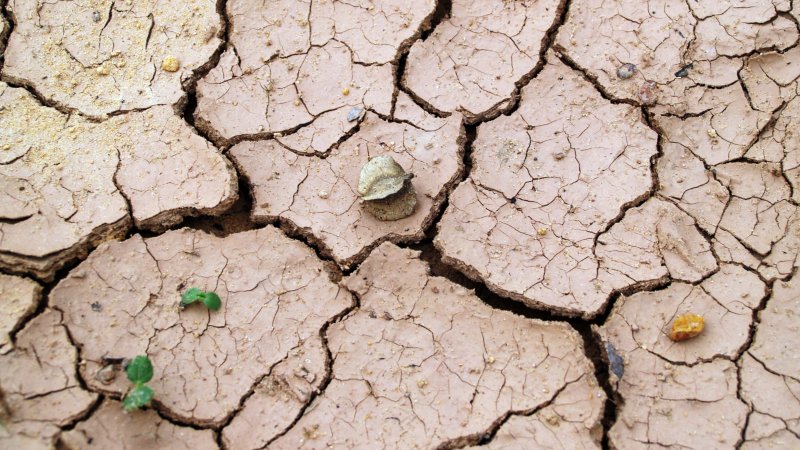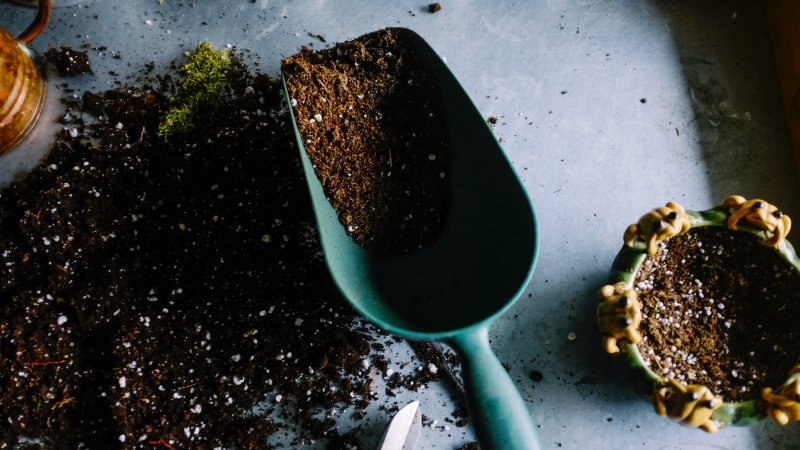Why build a retaining wall?
- Defined garden bed edging
- Elevated garden beds
- Structural support
- surcharge loading support
- Level landscape areas
- Visual interest
- A feature wall
- Individual spaces in your garden
- Erosion reduction
- Vertical gardens
- Improved water drainage
Building a retaining wall can create space and interest in your garden to make your area more functional, visually interesting and user friendly depending on your landscaping and gardening needs.
Where do I build a retaining wall?
Before you start, it’s important to know where you’d like to build a retaining wall as well as it’s particulars. For regulations on building a retaining wall, look up your local council website. Brisbane City Council retaining wall building guidelines outline circumstances when a development application or application for building certifier approval may be required. This includes situations such as particular property types or zones, retaining walls higher than 1m, walls that affect any residing structures, water drainage, property borders, when it acts as a pool fence, when it provides structural support or surcharge loading or is even too close to residing structures. You may need to involve a Structural Engineer, Landscaper or Retaining Wall Builder for professional advice, help or support. You may also want to contact your insurance agency to clarify if they have any regulations regarding structural changes to ensure you’ll still be covered.
What kind of retaining wall do you want to build?
There are many different looks, materials and designs to choose from when deciding on a retaining wall to suit your landscaping needs:
Common Materials used
Available materials include timber, concrete bricks and blocks, retaining wall blocks, and gabion retaining walls to name a few. Some materials might be more suitable for structural reinforcement or water drainage.
Material suitability
Existing soil type, material strength or longevity (depending on the manufacturing guidelines), drainage, and environment (eg. wood might not do so well in a continually wet environment) are all important things to think about when choosing materials for your retaining wall.
Elements to consider?
The size of your retaining wall may determine how much you’re willing to spend to get the result you’re after. There are also lots of different wall designs, colours and textures to choose from.
How materials affect the walls shape
The wall purpose or shape might also determine the kind of material required. For example, bessa blocks may be easier to use for curved edges or walls on a gradient while timber structures can create sharper edges.
Additional materials
When considering the cost, also include any materials you might use as your retaining wall foundation as well as pipes, landscape fabric and/or gravel you may use to backfill or infill to help with drainage.
Building your own retaining wall
When building your own retaining wall, don’t forget to give Dial before you dig a free call to ensure you’re not digging into any water pipes or electrical wires. It’s also important for your own safety to adhere to health and safety guidelines and practices such as using appropriate lifting equipment, back care, eye protection, proper shoes, and the use of a face mask when handling materials that may have fine dust particles. Always check the product manufacturer recommendations and guidelines. Here is a link to further details on how to build a retaining wall.





